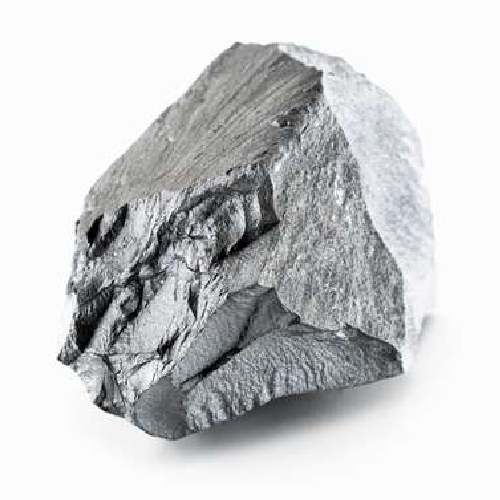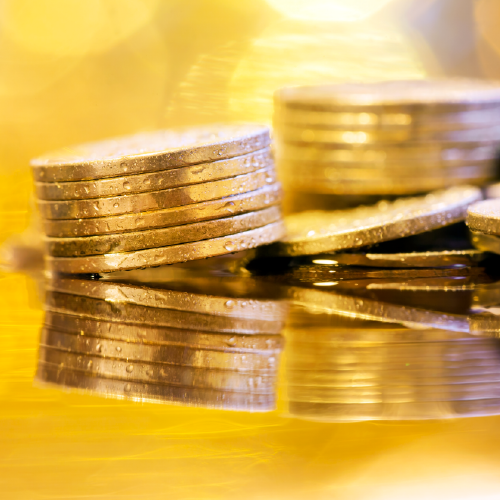After falling below $1200 per ounce in 2018, gold rebounded sharply over the next 12 months, and a significant bullish trend began. Its yield increased by almost 20%, whereas its quotes went up to $1,556 per ounce. The rally continued in 2020. The COVID-19 pandemic increased the popularity of the precious metal as a hedging instrument, which has led to an increase in its price.
2021 saw several ups and downs in the price of gold. The reasons behind them were different. Coronavirus relief packages and periods of economic recovery led to a decrease in the price of gold — while rising inflation, the spread of the pandemic, and geopolitical tensions made investments into gold much more attractive. The end of 2021 and the beginning of 2022 were quite turbulent, which pushed gold’s price practically to the highs of July 2020.
In this article, we’ll look into historical data, see what experts have to say, and make a gold price forecast and prediction for 2022 and some years ahead.
A Recent History of Gold and Gold Price Today
Western investors’ interest in gold led to an increase in its rate from a minimum of $1160 in the summer of 2018 to a record high of almost $2073 in August of this year. During this time, the precious metal has become one of the most attractive financial assets on the planet. This year, the economic fallout from the pandemic and negative bond yields have driven a record $60 billion in gold ETF capital growth. This is twice as much as in 2009, at the height of the financial crisis.
The pandemic has convinced investors that gold should be part of their portfolios. The precious metal has become a leading hedge against volatility in equity markets and negative interest rates. Gold turned out to be one of the most attractive assets in 2020.
Large investors bought gold for protection against possible deflation in some countries, which could be the result of slowing economic growth and rising inflation in other countries as governments continue to pump liquidity into the economy. For instance, the American bank JPMorgan earned about 1 billion dollars this year from trading in precious metals (mainly gold). According to the consulting company Coalition, this year, revenue from trading in precious metals from the 50 largest investment banks will double and reach a nine-year high of $2.5 billion.
Even Warren Buffett changed his mind about gold. Previously, he considered precious metals a useless asset. This year, his Berkshire Hathaway Inc. acquired 20.9 million shares of one of the world’s largest gold mining companies – Barrick Gold Corp. (Canada).
However, demand in the main gold consuming countries, India and China, has not been up to par this year. People sold their savings in gold or pledged them when the precious metal rose to a record high in local currencies. The high cost of the precious yellow metal and the economic turmoil caused by the pandemic have crippled consumer demand. Therefore, in the first half of the year, jewelry purchases decreased in volume by 46% compared to the same period last year. The reason is quarantine and a decrease in the income of the population.
Investors will continue to fill the gap in demand. This year, exchange-traded funds will accumulate 1205 tons of precious metal in their reserves, three times more than in 2019. The figure may reach 1,362 tons next year.
Central banks have been buying precious metals quarterly since early 2011. In the third quarter of this year, they became net sellers, reducing reserves by 12.1 tons. Nonetheless, CBRs remain net buyers annually as demand for the first three quarters was 220.6 tons. In all likelihood, they will maintain this status in 2020, although the volume of purchases will be less than in the previous two years. Russia has suspended purchases, and China has not reported an increase in reserves since September 2019.
The yellow metal rose 17% in the first half of 2020 and another 10% in July, and it reached a record high of $2073 per ounce on August 6. Since then, an ounce of gold has dropped to $1,844 amid news of a coronavirus vaccine. However, the euphoria about the vaccine is premature. The pandemic is not leaving the agenda. Nevertheless, this year’s yield on the precious metal was in the range of 16-30%. Note that many forecasts for 2020 assumed the growth of precious metal quotations to $1600-1700 per ounce in the event of increased geopolitical and economic instability.
The economic recovery from the COVID-19 pandemic continued, and increasing inflation expectations in April and May 2021 led to a lower price. Overall, in January-March 2021, we could see a decline in the price of gold due to US employment figures going up. Gold dropped by 4.7% to $1,774.80 per ounce on June 16, its lowest level since late April. The pullback came after a statement from the Federal Open Market Committee sounded an optimistic note on the recovery of the US economy.
July brought steady growth due to the sharp decline in US yields. The price of gold didn’t change much in August; however, there was a significant fall from August 6-9, which was caused by strong US job data. The recovery was quite fast. The downtrend began at the beginning of Fall 2021, and the price fell to $1,726.11 per ounce on September 29 due to higher US yields. Following that, gold grew for a month and a half and reached $1,866.96 on November 18. A major driver of this rally was the investor rush into gold as a hedge against inflation.
The second half of November saw a sharp decline in the price with a stronger dollar. The main reason for this was a strong expectation for a new financial stimulus by the Fed to fight inflation. From December 2, when the price was at a local minimum of $1,768, the bullish trend began. Inflation, pandemic risks, and geopolitical tensions led to the price of more than $1,900 per ounce.
The current price of gold is $1 924.08.
Gold Price Prediction for 2022: What Do Experts Predict?
Gold price predictions for 2022 from different experts vary and depend on how the market will respond to inflation, the central bank’s policy, and geopolitical tensions.
High volatility has been influencing the stock markets since the very beginning of 2022. At the same time, gold’s price growth has been quite steady, and the uptrend is continuing. Inflation is the core factor that will impact the price of gold in the near future. It is at the highest rate in the US in the last forty years. Gold’s status as the top hedging instrument against inflation is likely to push the prices further, reaching more than $2,000 per ounce.
The factors that will determine the price of gold in 2022 and may lead to its increase above $2,000 per ounce include:
In 2022 there should be a rise in the rate of gold, but not above $2,000 per ounce. The factors that will facilitate this include:
- The increase in inflationary expectations and the weakening of the US currency will result from generous fiscal and monetary stimulus.
- An increase in investment demand and a gradual recovery in consumer demand in China and India will support the precious metal rate at a high level.
- Government bonds (government debt) will not play the role of defensive assets in the face of inflation and negative interest rates since they will cease to generate income.
- Tense geopolitical situations will lead to gold becoming a hedging instrument on a larger scale.
At the same time, the opportunity cost of owning gold decreases. This will increase the popularity of the precious metal in the eyes of investors in 2022.

Myanfx-edu does not provide tax, investment or financial services and advice. The information is being presented without consideration of the investment objectives, risk tolerance, or financial circumstances of any specific investor and might not be suitable for all investors.
Go to Register with LiteForex Platform
Financial Trading is not suitable for all investors & involved Risky. If you through with this link and trade we may earn some commission.



















